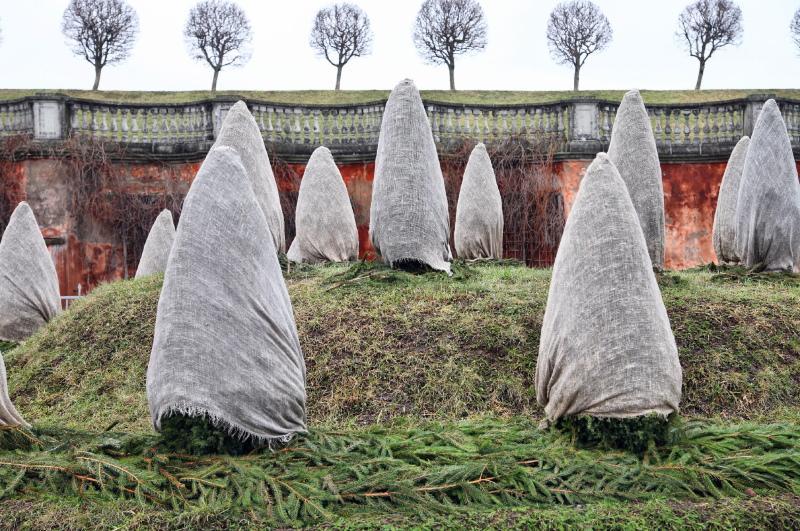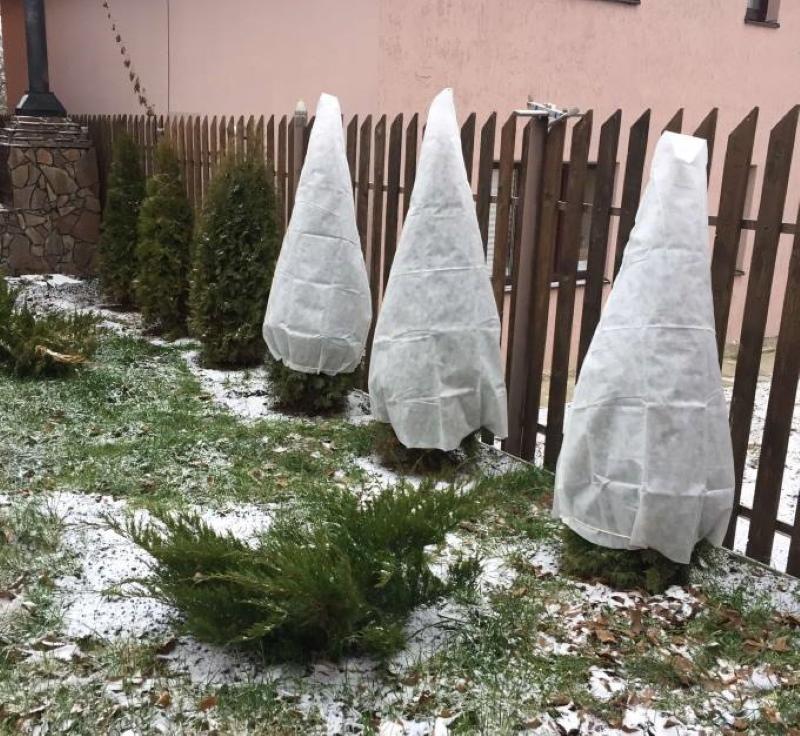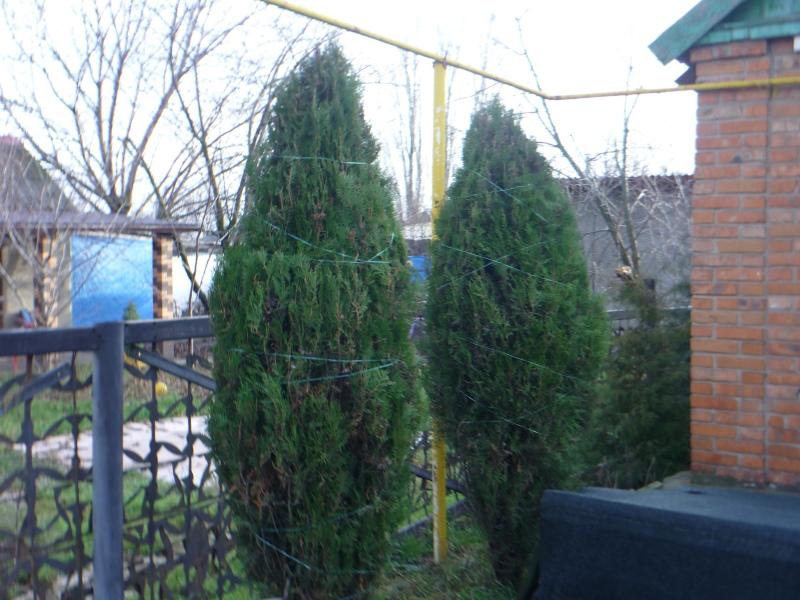The best ways to cover thuja for the winter
 Most conifers, including thuja, are highly winter-hardy and grow well in any climate, even in the north. However, this property manifests itself with age, and young cultures are still vulnerable to low temperatures. To protect them, it is important to know how to cover thuja for the winter, as well as when you can start this procedure. Indeed, in addition to frost, thuja can also suffer from damping, if you cover them too early. In addition, the delicate needles often get burned by the sun's rays, and also break under heavy snow cover.
Most conifers, including thuja, are highly winter-hardy and grow well in any climate, even in the north. However, this property manifests itself with age, and young cultures are still vulnerable to low temperatures. To protect them, it is important to know how to cover thuja for the winter, as well as when you can start this procedure. Indeed, in addition to frost, thuja can also suffer from damping, if you cover them too early. In addition, the delicate needles often get burned by the sun's rays, and also break under heavy snow cover.
When can you prepare thuja for wintering

In the central strip, thuja are harbored in the first decade of November, in the north about a month earlier. This applies to the aerial part of the plant. Regarding the root system, which also needs to be insulated, it can be mulched earlier. Compost or humus for the lower layer and spruce branches for the upper layer are suitable as mulch.
How to cover thuja for the winter
Shelter for any conifers should simultaneously perform two tasks. This is to protect them from frost as well as from ultraviolet radiation. Therefore, the material to be used must allow air to pass through, but not to let in the sun's rays. To do this, you can buy a special non-woven material or make a double layer. For example, cover the tree from the sun with a cloth or burlap, and wrap it with agrofibre on top to protect it from snow.
Each grower has his or her favorite method, depending on the size of the plants and the availability of the material. In general, you can cover the thuja using the following options:
- A circular strapping with twine, bending the branches to the trunk. Protect low trees from snow. You can additionally wrap the top with non-woven fabric.

- Frame construction. More suitable for short plants. An ordinary wooden box can serve as a frame if the thuja are very low. Or it can be knocked out of the boards by securing them in the form of a wigwam. From above, the frame is also covered with burlap or spunbond.

- Covers for conifers and not only - are sold in garden stores, have the shape of a cone. Made of breathable white UV-resistant material.

As for the film and cellophane, they are not suitable for protecting conifers. Thuja will remain without access to air under the film cover and will disappear by the spring. Of course, you can often ventilate them, but in winter this is not always possible, for example, if the area is covered with snow. Or if the owners do not live there permanently. Therefore, it is better to give preference to nonwovens.